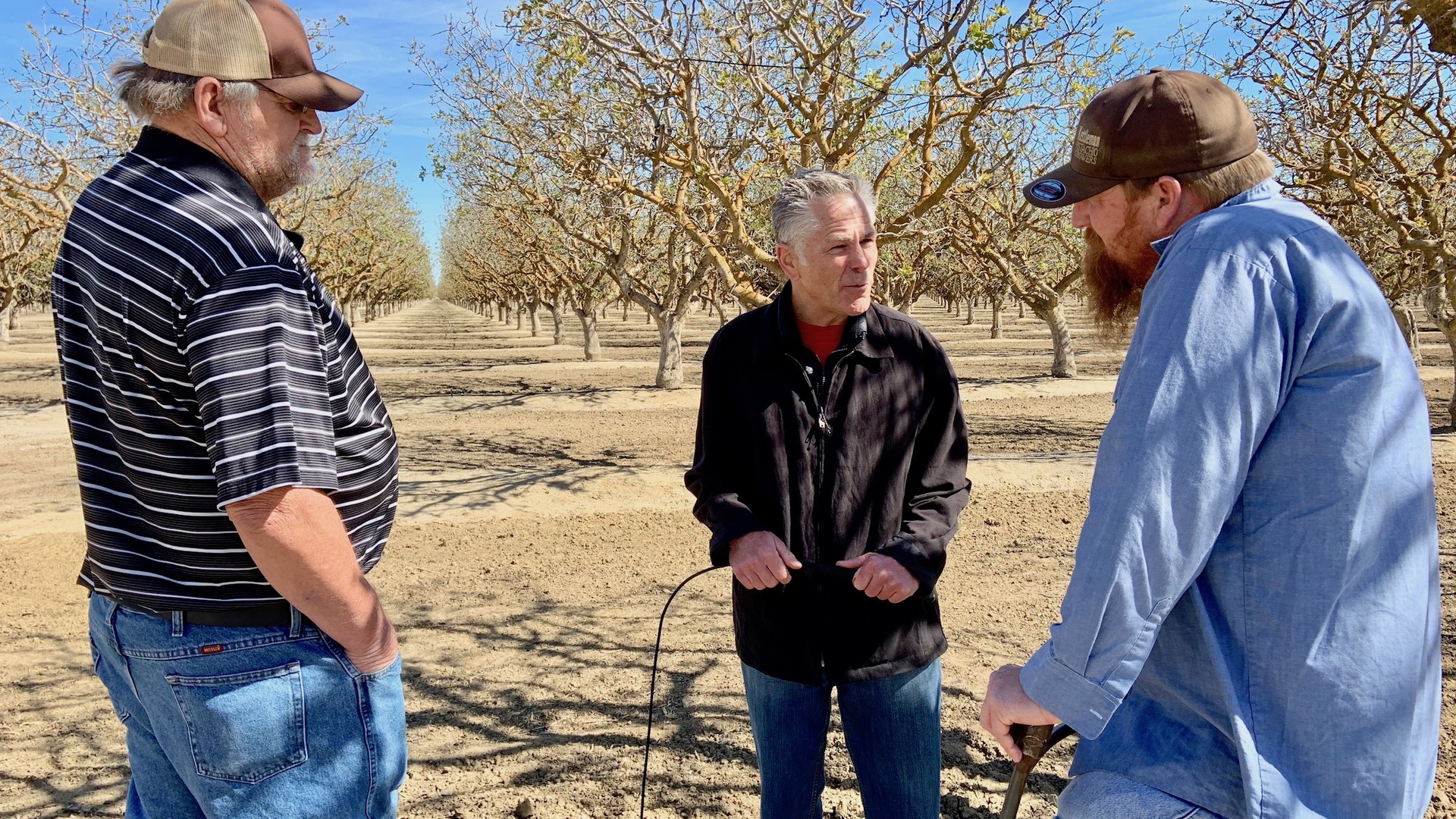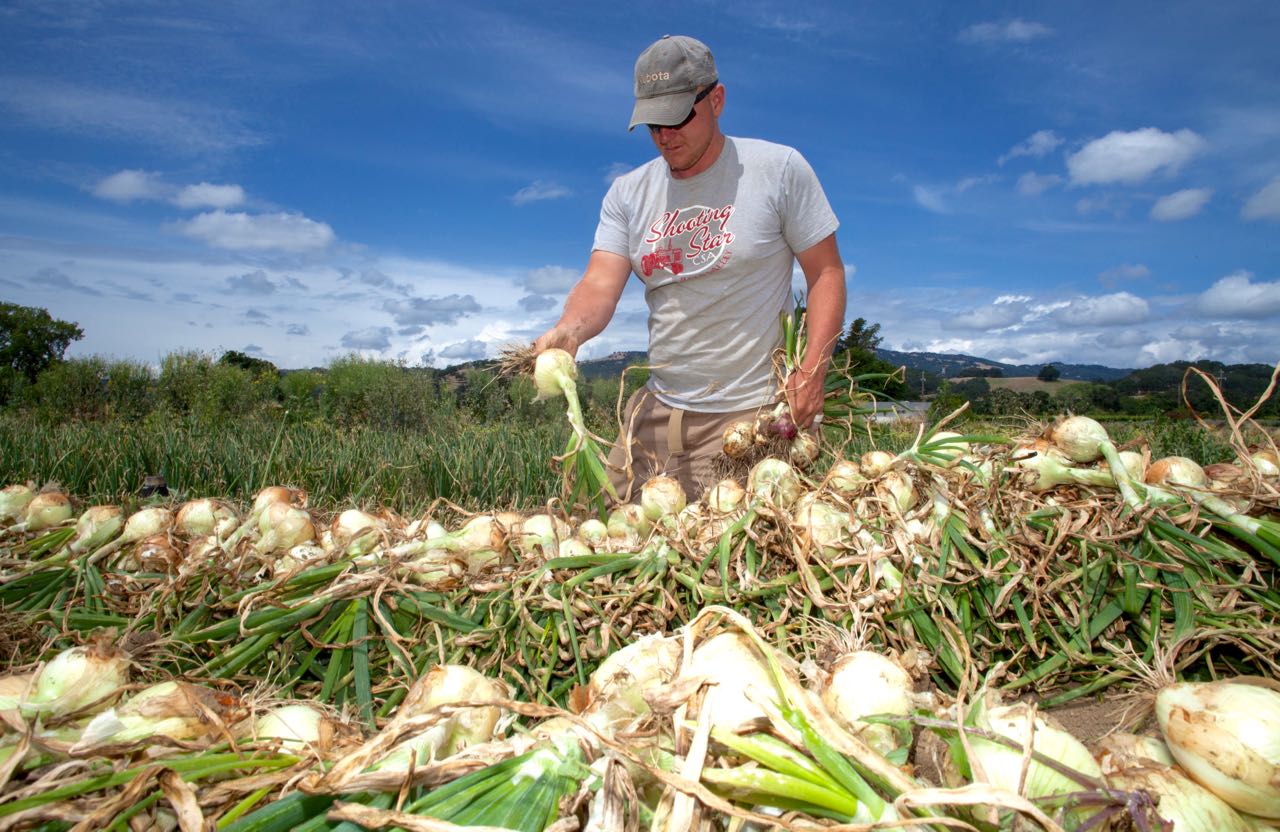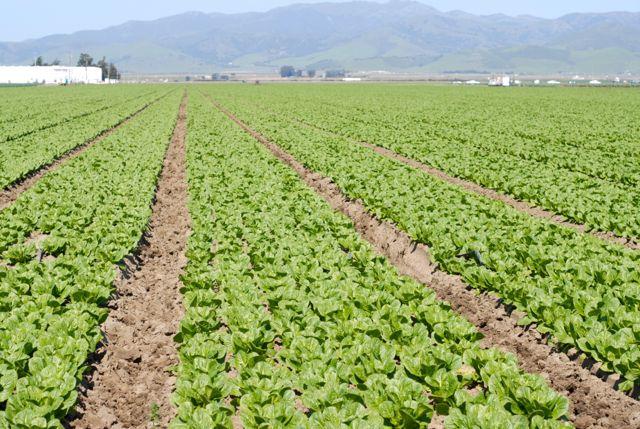Gov. Newsom Signs AB 685 on COVID Notices
AB685: COVID-19 New Exposure Notice Requirements
Governor Newsom signed AB685 on September, 17th which is effective January 1, 2021. This new law requires:
- employers to notify employees who may have been exposed to COVID-19 and notify public health departments of workplace COVID-19 outbreaks,
- requires California Department of Public Health (CDPH) to publicly report information on workplace outbreaks, and
- authorizes Cal/OSHA to enforce COVID-19 hazards.
Employers are to provide notices and information upon identifying a COVID-19 case in the workplace within one (1) business day to 1) employees and subcontracted workers who were at the worksite where a potentially sick employee or member of the public was; 2) information about benefits, and 3) disinfection and safety plan. The employer must determine which employees are to receive this information, the type of notice those employees will receive, and how the information will be delivered to the employee. The notice can be hand delivered or given by email and should be in English or any other language understood by the majority of employees.
Additional guidance has been published by CDPH to assist employers prepare to implement the requirements, you can click on the following links here and here. The guidance outlines the new law requirements, information required to provide employees, what to report to local health departments and COVID-19 case and outbreak definitions, etc. Also, CDPH has updated the Responding to COVID-19 in the Workplace for Employers guidance (originally released June 16, 2020) click here for the update dated September 18, 2020. The Cal/OSHA guidance document, which is enforceable via citation to enforce COVID-19 hazards as imminent hazard to provide immediate protection for workers, click on the following link here.
The Association will continue to monitor any amendments to this new law. Also, the Association strongly encourages its members to consult legal counsel and/or human resource services to ensure compliance with the new law.
















